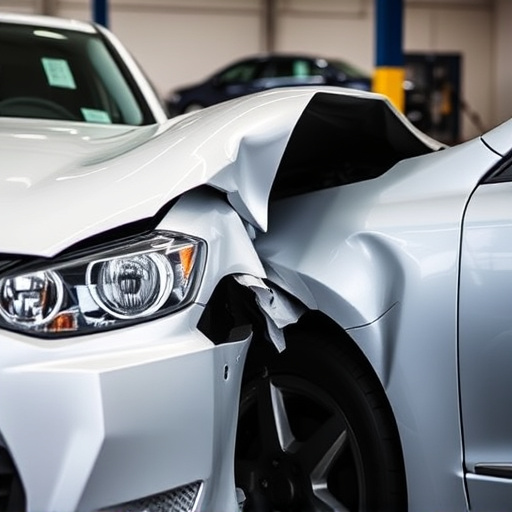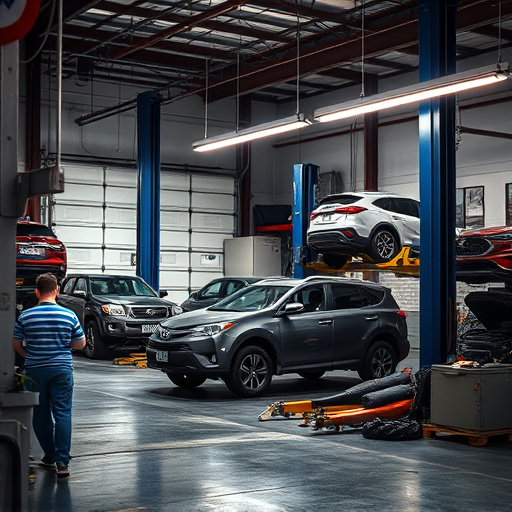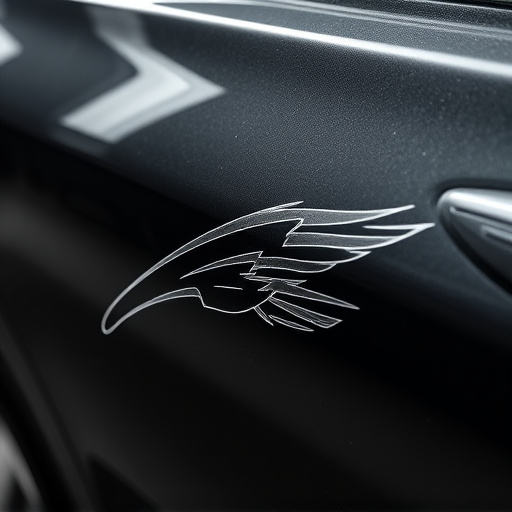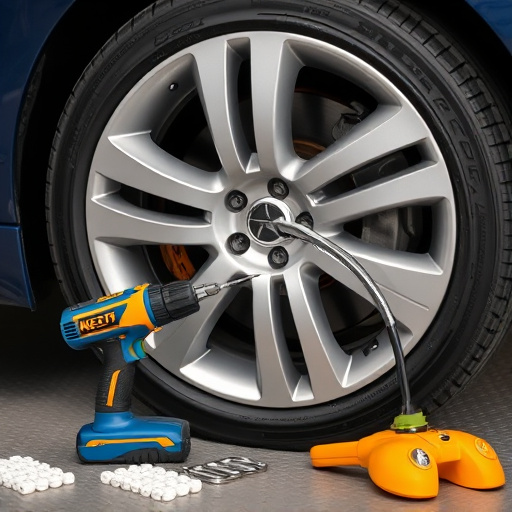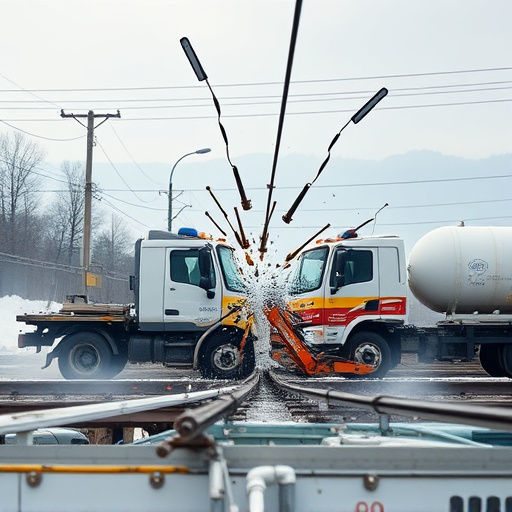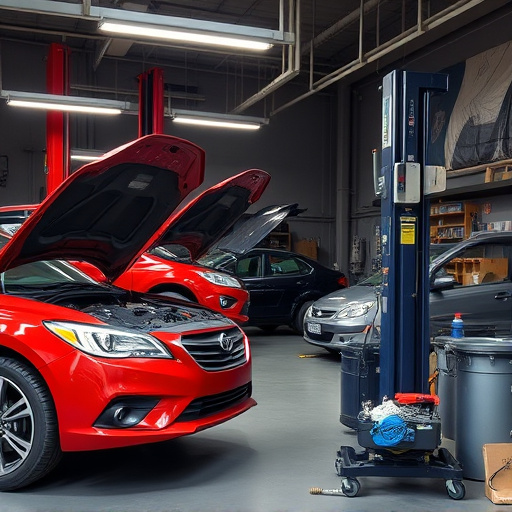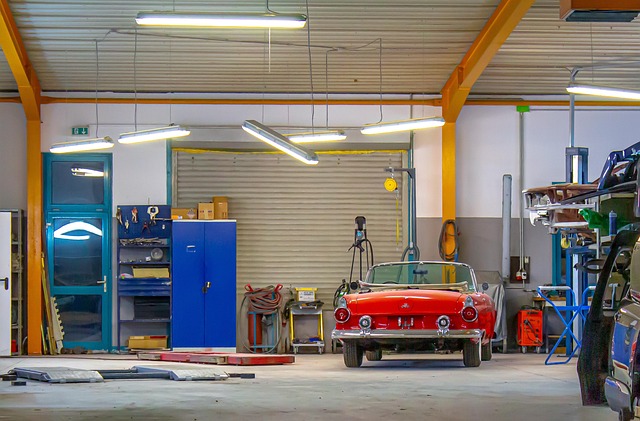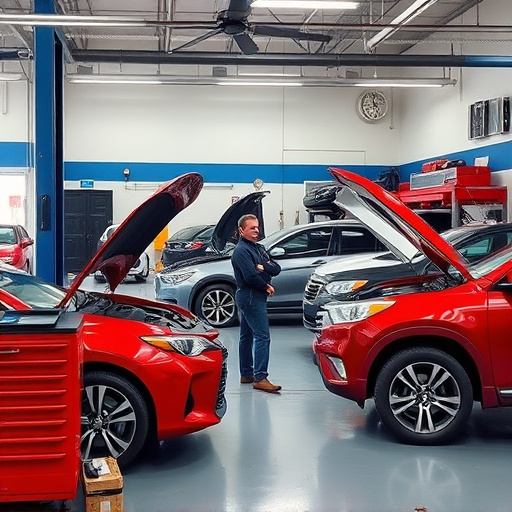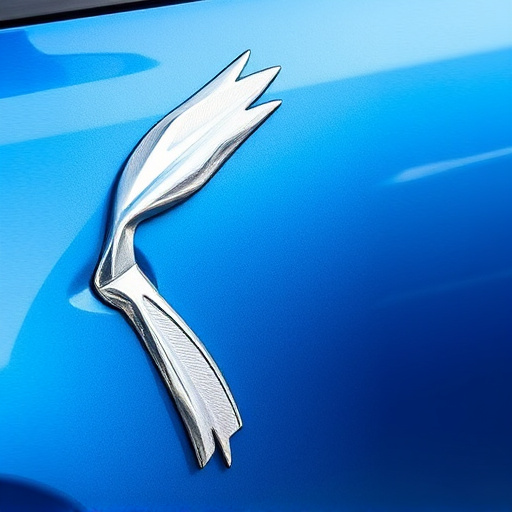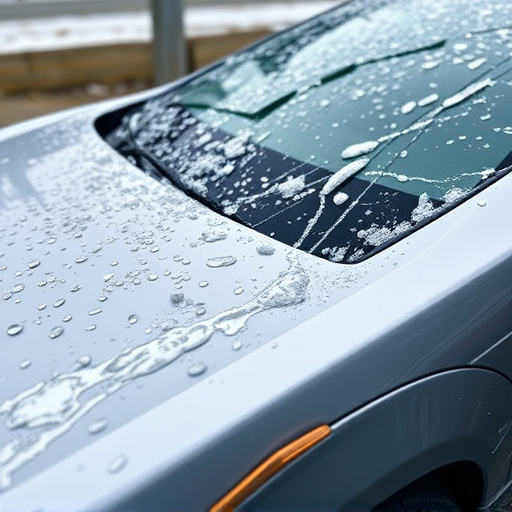Regular Mercedes sensor adjustment is critical for maintaining Advanced Driver-Assistance Systems (ADAS) effectiveness, ensuring features like adaptive cruise control and automatic emergency braking function correctly through precise calibration of cameras, lidar, and radar, thereby mitigating hazards from inaccurate data and enhancing vehicle safety. Owners should prioritize routine maintenance, software updates, sensor cleaning, and inspection for physical damage to maximize ADAS lifespan.
Mercedes cars are renowned for their advanced driver-assistance systems (ADAS). Ensuring the integrity of these systems’ calibration is paramount for safety. This article delves into the crucial aspect of Mercedes sensor adjustment, exploring its significance and practical steps to maintain accuracy. Understanding how to adjust sensors in Mercedes vehicles is essential for preserving the optimal performance of ADAS features, thereby enhancing driving safety and security.
- Understanding Mercedes Sensor Adjustment Importance
- ADAS System Calibration Integrity Explained
- Practical Steps for Maintaining Sensor Accuracy
Understanding Mercedes Sensor Adjustment Importance
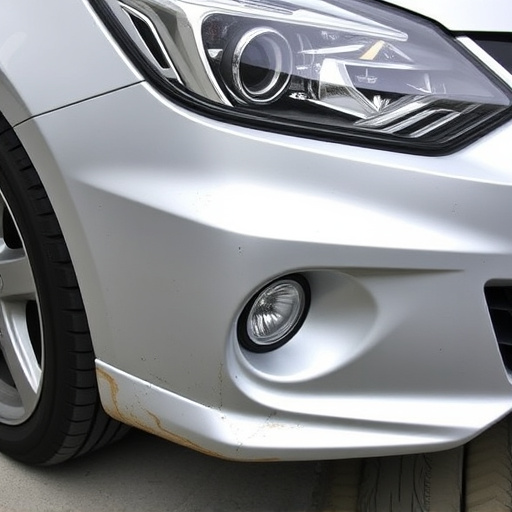
Mercedes sensor adjustment plays a pivotal role in maintaining the accuracy and integrity of Advanced Driver-Assistance Systems (ADAS). These sensors are the eyes and ears of modern vehicles, responsible for detecting and interpreting critical information about the car’s surroundings. Regular calibration through Mercedes sensor adjustment ensures that systems like adaptive cruise control, lane-keeping assist, and automatic emergency braking function optimally.
Neglecting this adjustment can lead to performance drift over time. Just as a car’s body may require restoration after an accident or auto glass repair following damage, ADAS sensors need periodic care. Auto body repair experts emphasize that proper sensor alignment and calibration are essential for safety, efficiency, and the overall longevity of advanced driver-assistance features—key aspects in today’s automotive landscape.
ADAS System Calibration Integrity Explained
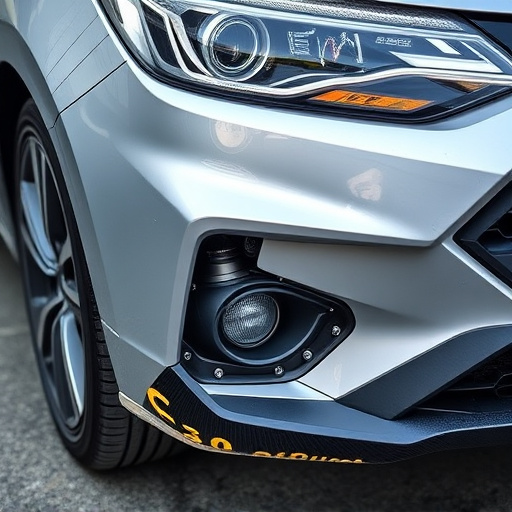
The ADAS (Advanced Driver Assistance Systems) system in modern Mercedes vehicles is a complex network of sensors and cameras designed to enhance safety on the road. Calibration integrity is paramount here; it ensures that these sensors accurately detect and interpret surroundings, enabling critical safety features like adaptive cruise control, lane-keeping assist, and automatic emergency braking. A well-calibrated ADAS system can significantly reduce accidents caused by human error, making it a cornerstone of modern automotive safety technology.
Maintaining this integrity requires regular Mercedes sensor adjustment. Over time, environmental factors, wear and tear, or damage from auto collisions in an accident can throw off sensor readings. A classic car restoration expert or a skilled technician at a reputable vehicle bodywork shop might perform this adjustment using specialized tools to ensure the ADAS system remains accurate. This process is crucial, especially for safety-critical systems, preventing potential hazards that could arise from inaccurate sensor data fed into these advanced driver assistance mechanisms.
Practical Steps for Maintaining Sensor Accuracy
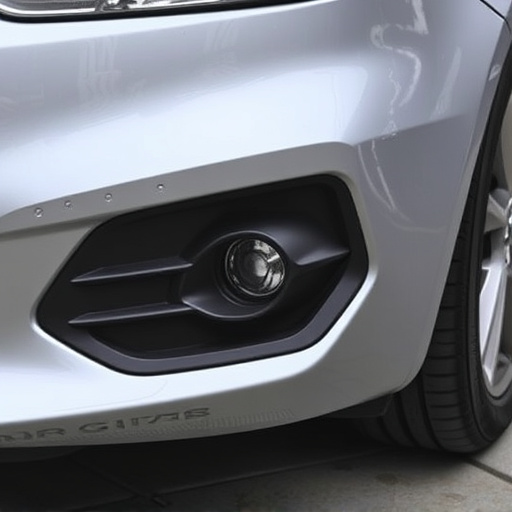
Maintaining the accuracy of Mercedes sensors is paramount for ensuring the integrity of Advanced Driver Assistance Systems (ADAS). Regular sensor adjustment is a crucial step in preserving optimal performance. It involves calibrating various sensors, such as cameras, lidar, and radar, to ensure they accurately detect and interpret the surrounding environment. This process typically requires specialized equipment and expertise, making it ideal for visits to a trusted car repair shop or automotive body work specialist.
For owners looking to extend the lifespan of these advanced systems, here are some practical steps. First, establish a routine maintenance schedule with your auto repair services provider that includes sensor recalibration checks. Second, ensure regular software updates, as these often include enhancements and bug fixes for ADAS components. Lastly, be mindful of extreme weather conditions and frequent urban driving, which can impact sensor performance over time. Regularly cleaning sensors and checking for physical damage from automotive body work accidents or road debris can also contribute to maintaining accuracy.
Mercedes sensor adjustment plays a pivotal role in preserving the integrity of Advanced Driver Assistance Systems (ADAS). By regularly calibrating and adjusting these sensors, vehicle owners ensure optimal performance and safety features. Understanding the importance of this process is key to navigating today’s sophisticated automotive landscape, where ADAS systems are becoming increasingly integral to driving efficiency and security. With practical steps in place for maintaining sensor accuracy, folks can rest assured their Mercedes’ technology remains a reliable game changer on the roads.
